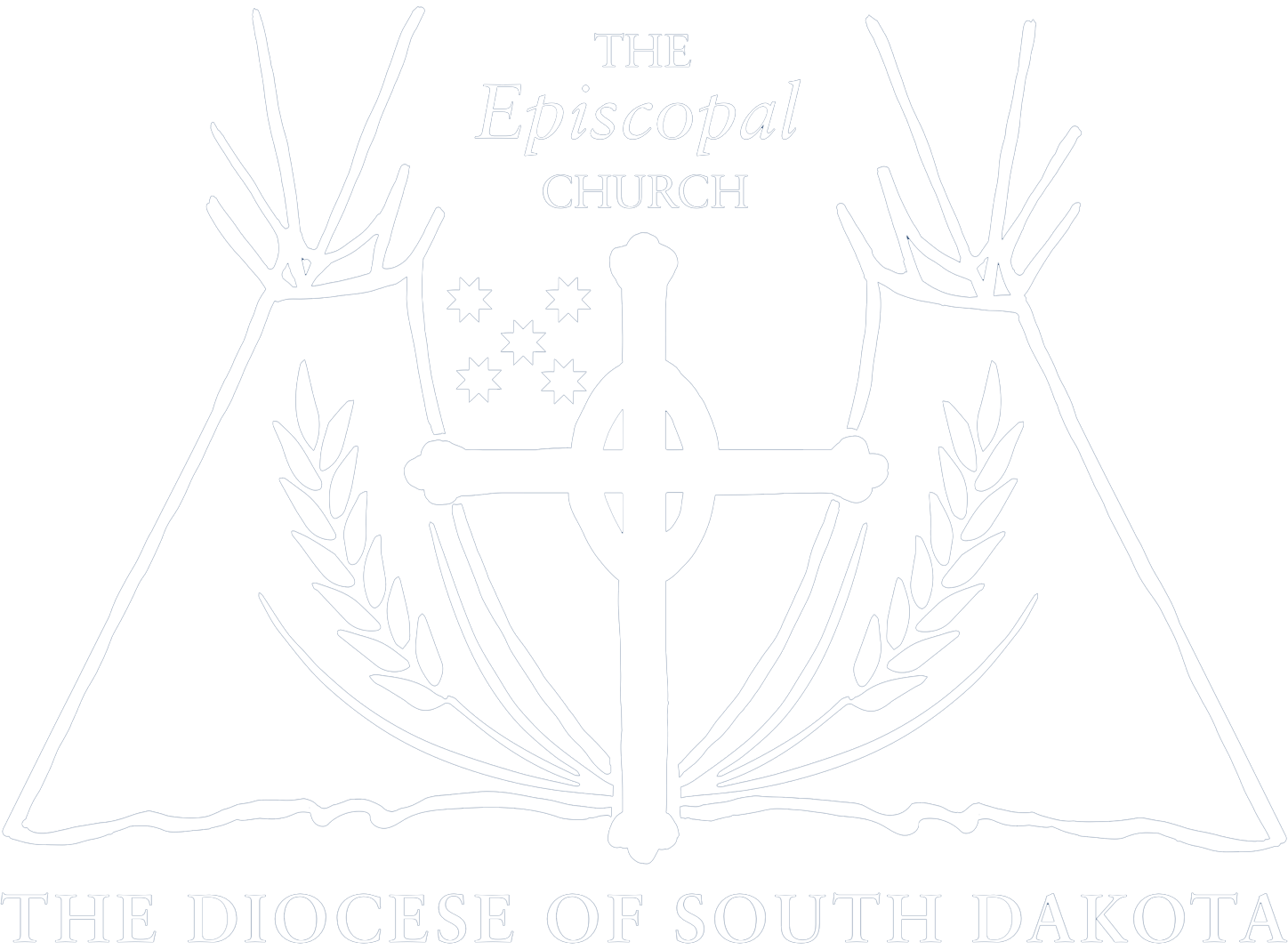(From ENS) Visitors to the soon-to-be-completed Cherokee Heritage Garden at the Church of the Good Shepherd in Decatur, Alabama, will be able to see the plants that sustained Indigenous people in North America for centuries – the “Three Sisters” of corn, beans and squash – growing on land that once belonged to the Cherokee people.
And those plants will come from seeds with origins dating to the 19th century when they were taken by some of the more than 16,000 Cherokee people with them on the Trail of Tears, the 1838 forced march that moved them from their ancestral homelands in the Southeast, including Alabama, to what is now Oklahoma.
The seeds come from the Cherokee Nation Seed Bank and are made available to Cherokee citizens for cultural and educational uses, the Rev. Bude VanDyke, the church’s rector and a part of the Eastern Band of the Cherokee, told Episcopal News Service, with the seed donation coming through a woman he knows who is an enrolled member of the Cherokee Nation. He received some heritage corn seed last year, which he grew so there would be plenty to plant in the heritage garden, with the hope that these new plants will help perpetuate the seeds’ historic nature.
The creation and preparation of the 65-by-65-foot garden plot on church property is funded by a $54,750 United Thank Offering grant, which also has provided for the construction of a garden fence, a storage shed and a 20-by-20-foot pavilion where groups can learn more about the garden and Indigenous planting methods. Solar power, rainwater collection and gravity will be used to irrigate the garden.
VanDyke said he was inspired to think about a demonstration garden to honor the Cherokee people after hearing from Robert Fox about a project to honor Indigenous communities in North Dakota that were displaced by a dam in 1953. That project, also to begin this spring, was featured in a previous ENS story.
In addition, VanDyke said that east of the Mississippi River, “There’s not a lot of places where you can see any kind of Indigenous presence, and as a Cherokee descendant, that’s heartbreaking for me.”
The importance of the Three Sisters
Growing corn, beans and squash together was an Indigenous practice across North America that existed for centuries before the arrival of Europeans in the 17th century, VanDyke said. “When you plant these three things together, you actually get a better crop,” he said, since they form “a symbiotic sort of relationship.”

The Three Sisters Indigenous planting method creates a symbiotic relationship between corn, beans and squash. Graphic: Grace Rodgers/ U.S. Fish & Wildlife Service
As described by the National Agricultural Library, part of the U.S. Department of Agriculture, in the Three Sister planting method corn, beans and squash grow together in a mound and both protect and nourish each other. Beans absorb nitrogen from the air and convert it to nitrates that fertilize the soil for the corn and squash. The beans’ growth is supported by winding around the taller corn stalks. The large squash leaves both protect the roots of the corn and beans and help cut down on weeds by depriving them of sunlight.
The garden plot will have three large circles, each 21-feet in diameter, inside which the three plants will grow in smaller pods about 5-feet apart. Starting next year, to replenish the soil, Van Dyke said one circle will be planted in some other crop, perhaps legumes, and that practice will rotate yearly through the three circles.
A pollinator garden will be planted near the crops, and next year he hopes to plant some heritage tobacco seeds – tobacco being sacred in Cherokee culture – so people can learn more about that, too.
But in addition to the opportunity to showcase a way of agriculture that long had sustained Indigenous people, VanDyke thinks the garden will spark questions about how to best care for God’s creation. “The farming process the Europeans brought gave us the Dustbowl,” he said. And now that the earth faces an environmental crisis, “It’s time for the colonizer mindset to step back and say, okay, y’all managed this land for centuries and it was pristine when we got here. How can we get back to something closer to that?”
The garden also can point to a way for all people to approach the environment, he said, “a better way of doing things, a more climate-conscious way of doing things. And not only does the dominant culture benefit from that, but so does Indigenous culture, because we’re all in this together.”
–Melodie Woerman is a freelance writer and former director of communications for the Diocese of Kansas.

